Amazingly, it was a visiting birder from New York who discovered Neotropic Cormorants breeding in the Wakodahatchee Wetlands.
Recent Posts
 Three Photos: Yellow-eyed Owls in ShanghaiBy Editor
Three Photos: Yellow-eyed Owls in ShanghaiBy Editor The Little BustardBy Clive Finlayson
The Little BustardBy Clive Finlayson Birding Kruger National Park – SkukuzaBy Luca
Birding Kruger National Park – SkukuzaBy Luca Daybreak at the OasisBy Tom Brown
Daybreak at the OasisBy Tom Brown In search of the Citril FinchBy David T
In search of the Citril FinchBy David T Podcast: Hannah and Erik Go Birding; Tala Game Reserve & WakkerstroomBy Hannah
Podcast: Hannah and Erik Go Birding; Tala Game Reserve & WakkerstroomBy Hannah Species Spotlight: Great Grey OwlBy Kai Pflug
Species Spotlight: Great Grey OwlBy Kai Pflug
Welcome to 10,000 Birds!
Learn about our site and writers, advertise, subscribe, or contact us. New writers welcome – details here!
Posting Calendar
| DAY | WRITER(S) | SERIES |
|---|---|---|
| MON | Kai (w) | Birding Lodges (w) |
| TUE | Donna (m) Susan (m) Hannah (m) Fitzroy (m) | Bird Guides (w) |
| WED | Leslie (bw) Faraaz (bw) | Ask a Birder (w) |
| THU | Paul (w) | Birder’s Lists (w) |
| FRI | David (w) | Species Spotlight (w) |
| SAT | Peter (bw) Luca (bw) | From the Archives (w) |
| SUN | Clive (w) Valters (bw) | Three Photos (w) |
| w weekly, bw biweekly, m monthly | ||
| Any time: Jason, Mark, John, Sara, Rolf, Dragan | ||
See here for info on the writers.
Newsletter
Signup and receive notice of new posts!
Thank you!
You have successfully joined our subscriber list.

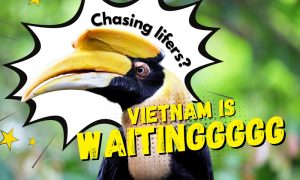
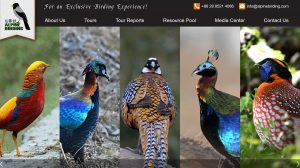
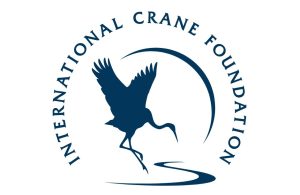
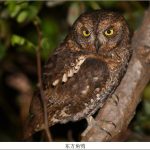

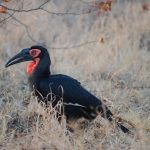
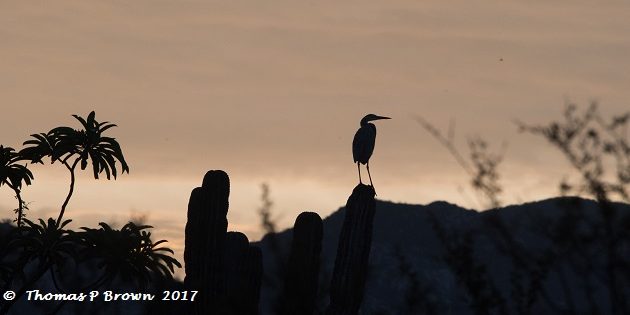
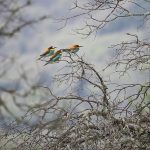
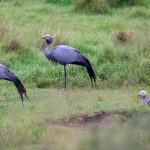

This is a really weird report. It’s amazing that a bird like this could stay hidden for so long at a site as small and intensely birded as Wakodahatchee Wetlands.
I don’t think it’s that surprising. Ironic, yes. I’ve birded Wakodahatchee since it opened, and I’ve always found nature photographers there, but not many hard core birders.
I was wondering when that was going to happen.
I guess birders mostly see what they are looking for, and no one was looking at cormorants in Florida because of the assumption that they would all just be DC cormorants. If birders think there is no vagrant potential in a certain bird group, vagrants will never be found.